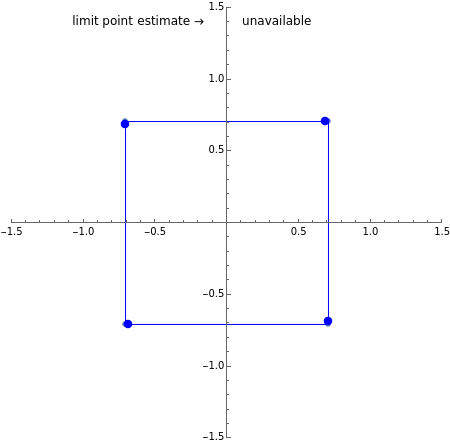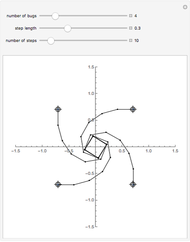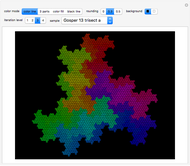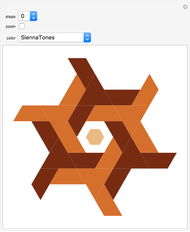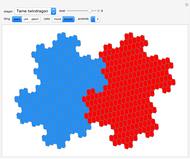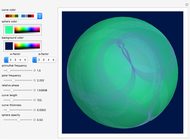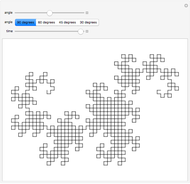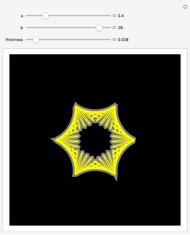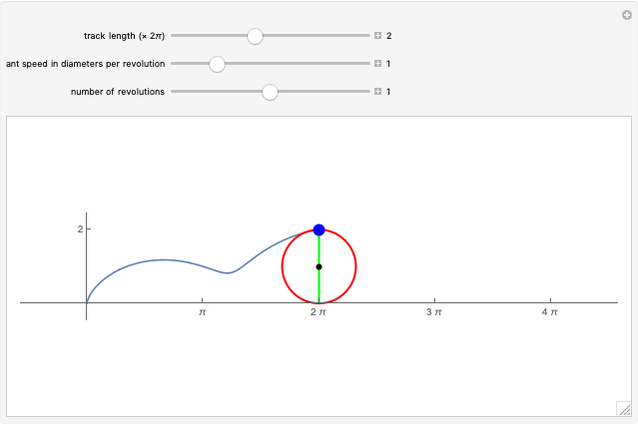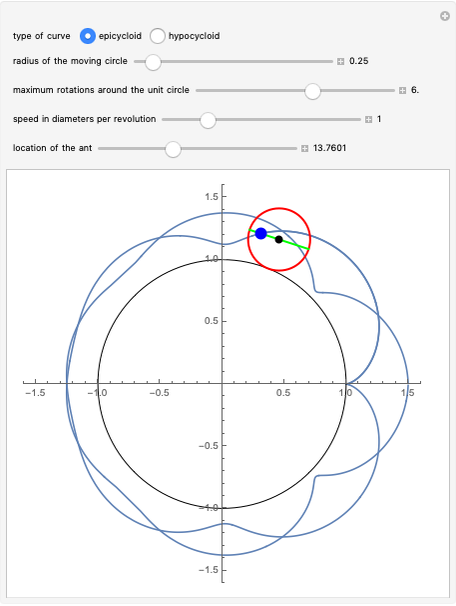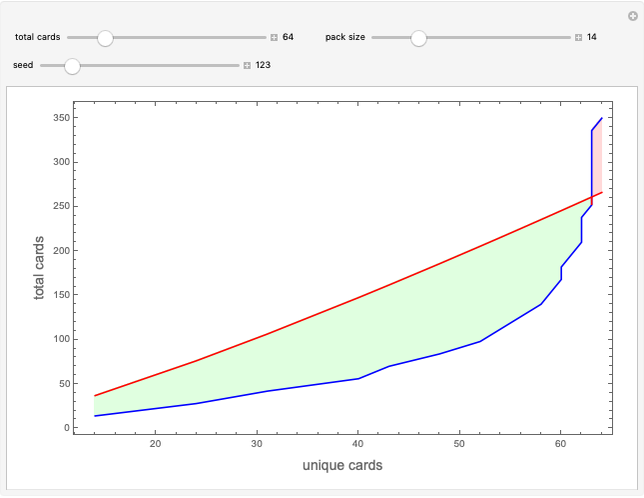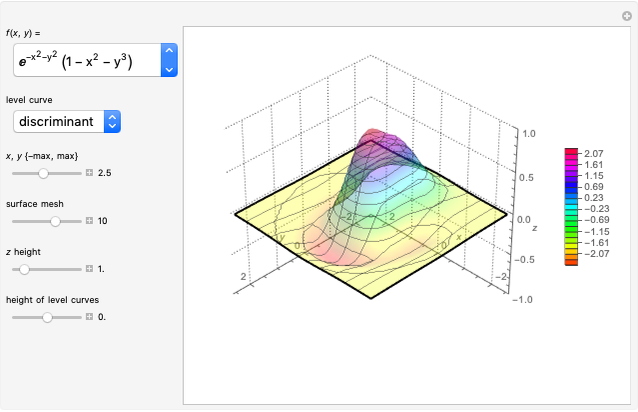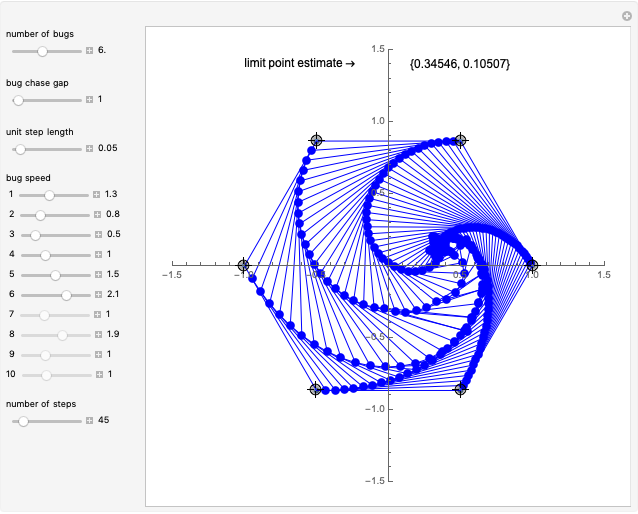Multi-Bug Problem with Variable Speeds and Gaps

Requires a Wolfram Notebook System
Interact on desktop, mobile and cloud with the free Wolfram Player or other Wolfram Language products.
This Demonstration is an extension of a previous Demonstration by Michael Waters. It extends the four-bug problem in several ways.
[more]
Contributed by: Carl McCarty (July 2020)
Based on: Extended Four-Bug Problem by Michael Waters
Open content licensed under CC BY-NC-SA
Snapshots
Details
Set "bug chase gap" to 1 for bugs to chase their immediate neighbor as in the classic chase problem. A value of 2 indicates the bugs skip the nearest neighbor and follow the second-closest neighbor.
The speed of a bug is the multiple of the unit step length that it takes. Thus, a value of 2 indicates that the bug is traveling twice as fast or its step is twice as long as the global step size.
Permanent Citation
